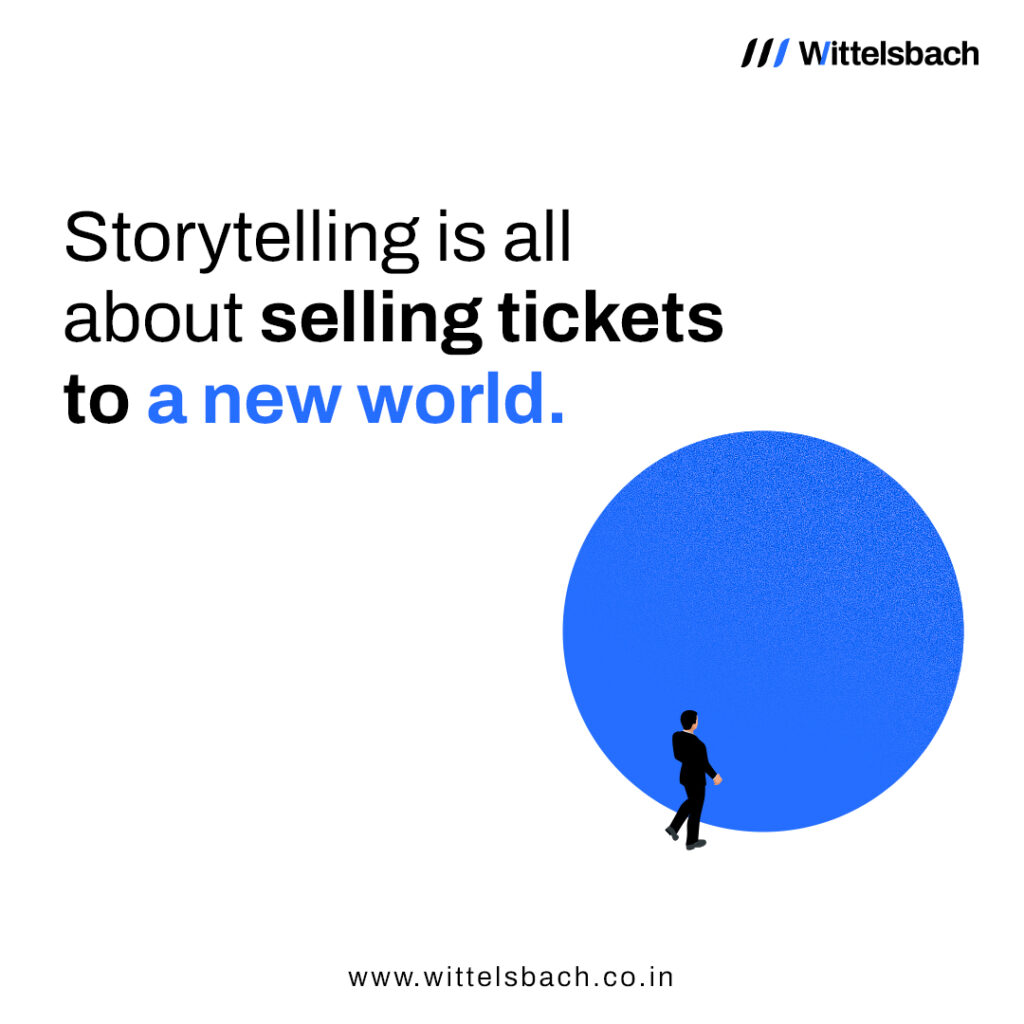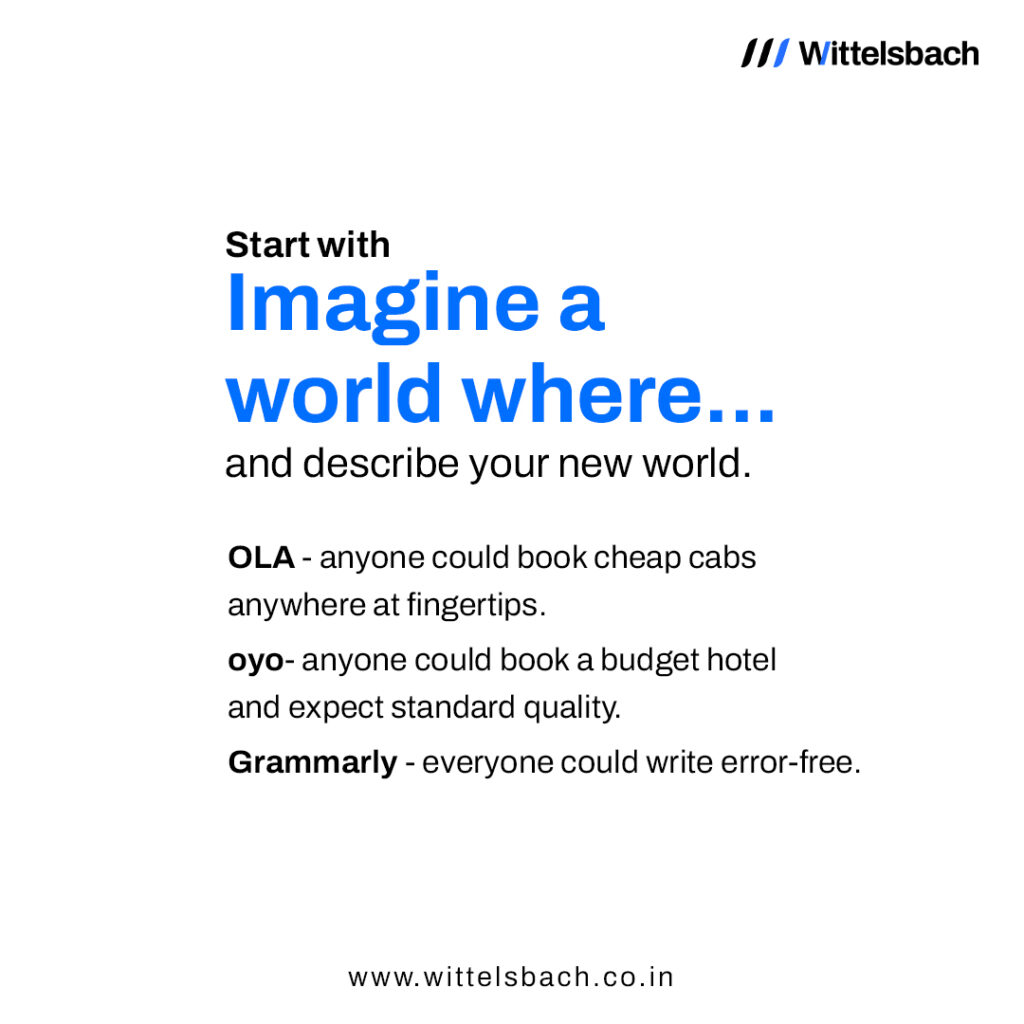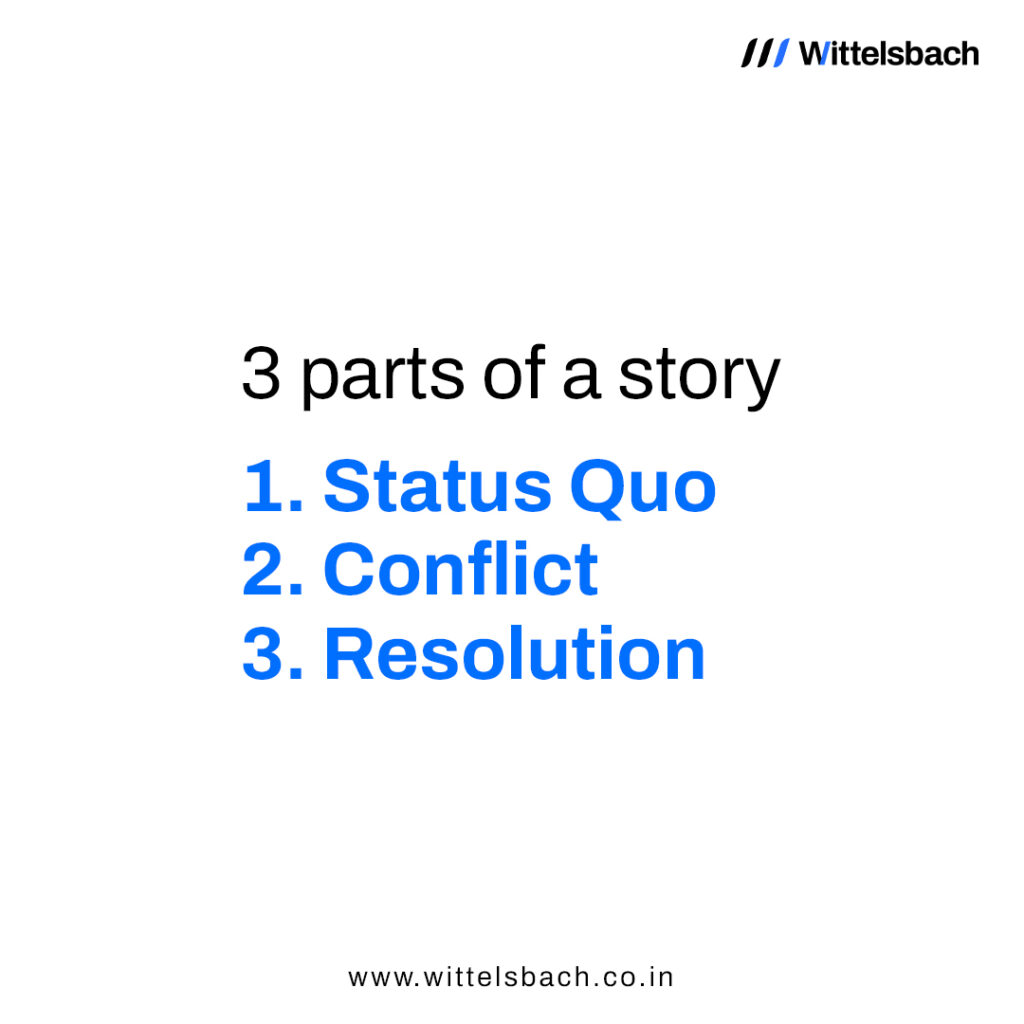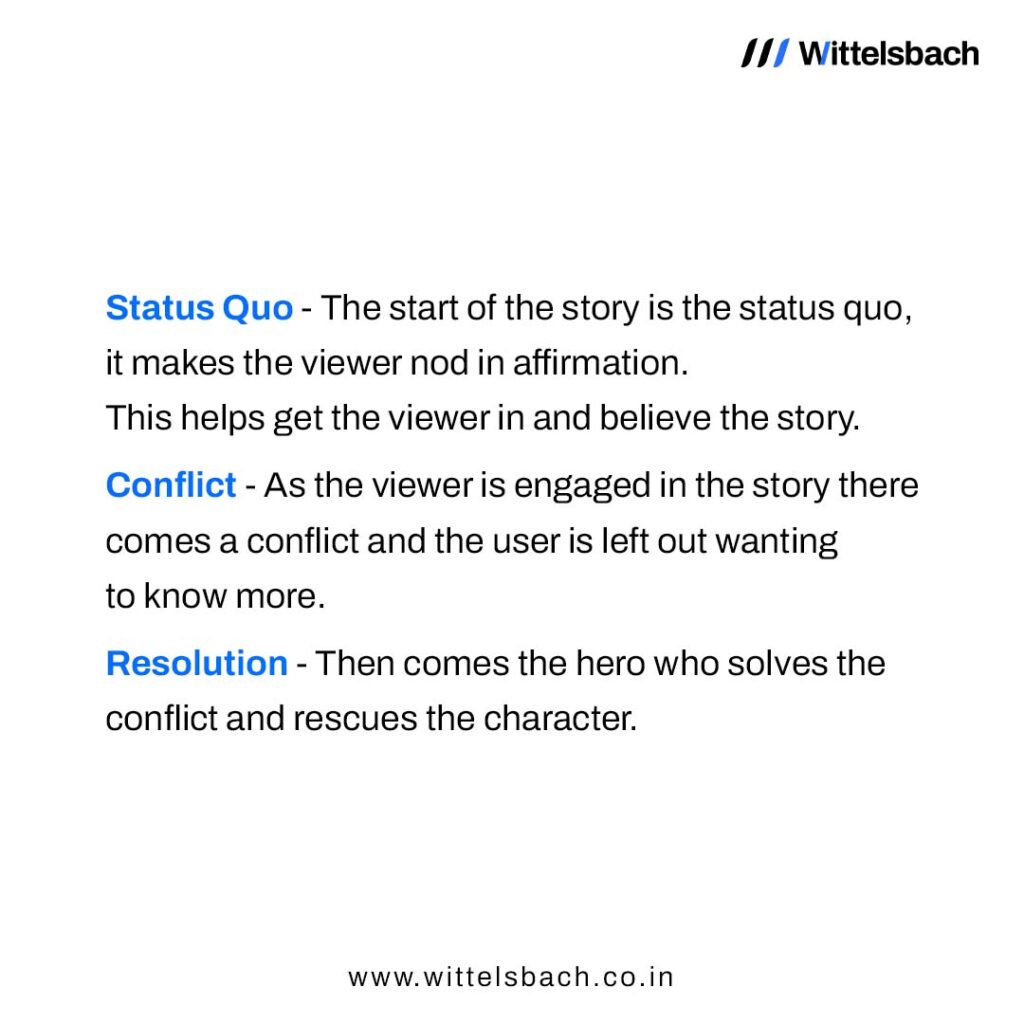
In the dynamic world of marketing, where countless brands vie for attention, the power of storytelling stands unparalleled. It’s not just about selling a product or service; it’s about selling tickets to a new world—a world where the pains and challenges your audience faces are no longer a part of their reality. Here’s how you can master the art of brand storytelling and create a narrative that captivates, engages, and converts.
1. Selling Tickets to a New World
Storytelling in marketing is akin to inviting your audience to embark on a journey to a new and improved world. It’s about painting a vivid picture of a future where their problems are solved, and their lives are enriched by your brand. This new world should be compelling and desirable, making your audience eager to be a part of it.


2. A World Free from Pain
Every great story addresses a pain point. Your brand’s story should focus on a world where the specific pain your brand alleviates no longer exists. Whether it’s the inconvenience of traditional methods, the frustration of unmet needs, or the inefficiencies of current solutions, your narrative should highlight a world where these issues are things of the past.
3. Crafting a Story that Sells
Creating a story that sells requires more than just identifying the problem and solution. It involves weaving a narrative that resonates emotionally with your audience. Your story should be authentic, relatable, and engaging. It should make your audience see themselves in the narrative and believe in the transformation your brand offers.


4. Make Them Want a Ticket
Your brand story should be so compelling that it makes the audience metaphorically raise their hands, eager to buy a ticket to this new world. This means creating a sense of urgency and desire. Show them what they’re missing out on and how your brand is the gateway to a better reality.
5. Start with "Imagine a World Where..."
Begin your story with a powerful hook that sets the stage. “Imagine a world where…” is a perfect opening. It immediately invites your audience to envision the possibilities. Describe this new world in detail—how it looks, feels, and functions. Make it tangible and desirable.

6. The Three Parts of the Story: Status Quo, Conflict, Resolution
To structure your story effectively, follow these three essential parts:
Status Quo: This is the current reality of your audience—their day-to-day struggles, frustrations, and challenges. Paint a clear picture of their existing world, making it relatable and real.
Conflict: Introduce the problem or pain point your brand addresses. This is the catalyst for change. Highlight the gap between the status quo and the ideal world your audience desires. Make this conflict compelling and significant, showing why it needs to be resolved.
Resolution: This is where your brand comes in. Present your brand as the hero that bridges the gap between the status quo and the desired world. Show how your product or service resolves the conflict, leading to a positive transformation. End with a strong call to action, inviting your audience to take the next step towards this new world.



